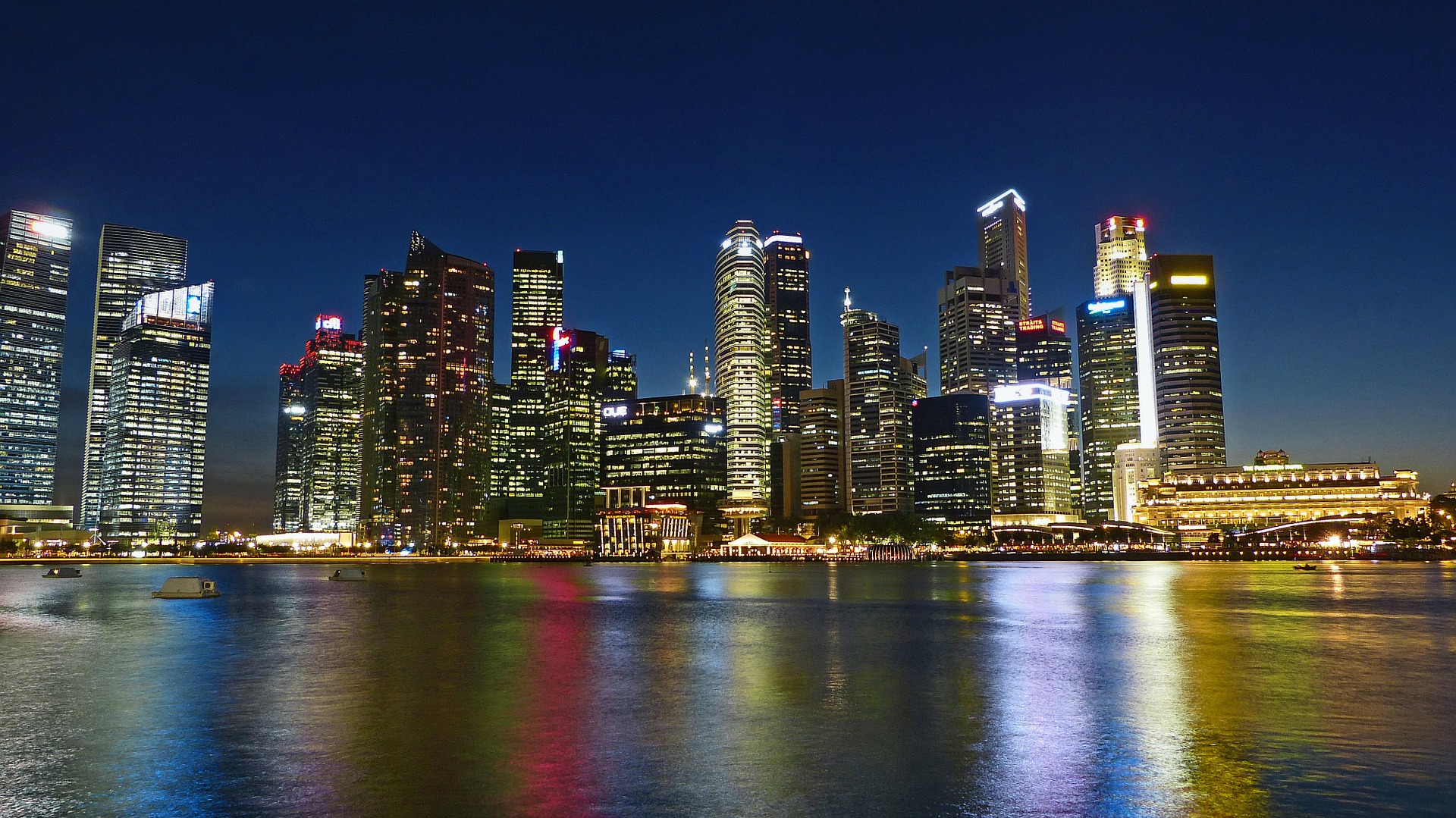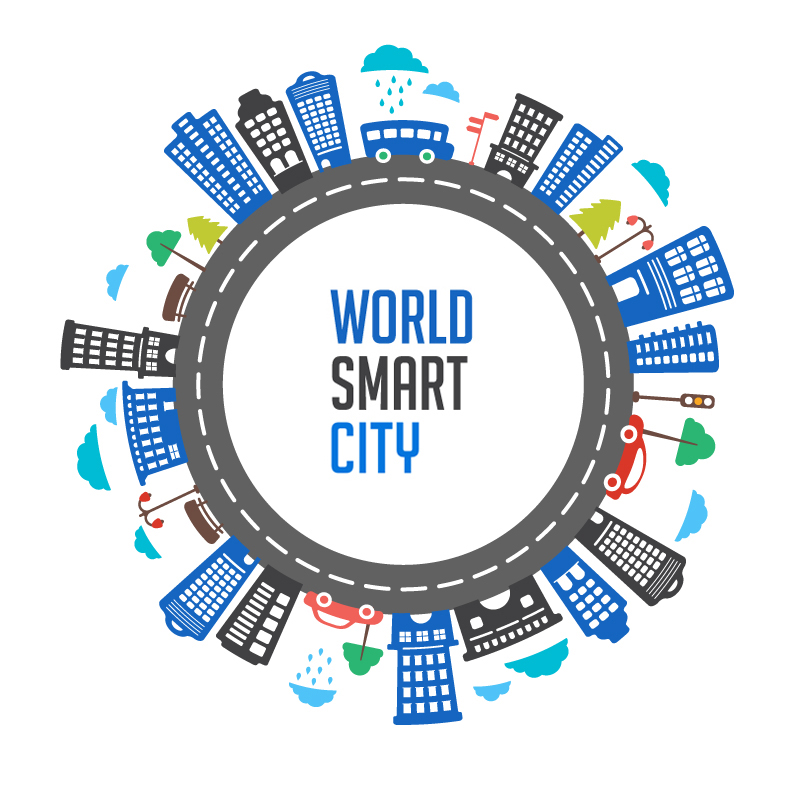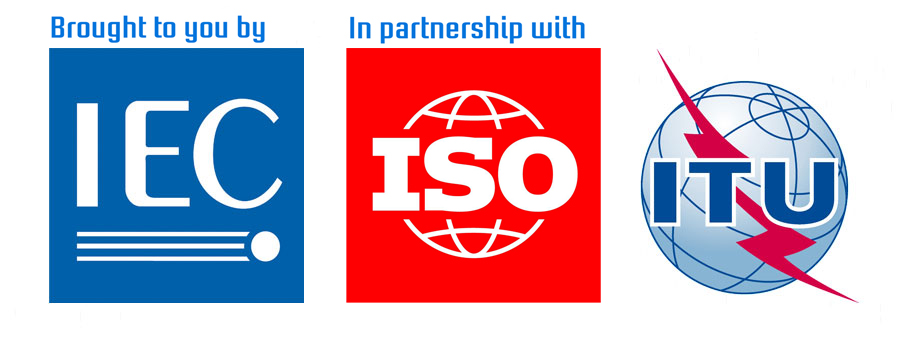Smart City pain point - Water
A smart city should be described as one that dramatically increase the pace at which it improves sustainability and resilience, by fundamentally improving how it engages society, how it applies collaborative leadership methods, how to it works across disciplines and city systems and how it uses data and integrated technologies, in order to transform services and quality of life to those in and involved with the city (residents, businesses, visitors).
In the case of water we could point that a smart water city is a city which is water resilient and attractive, where water increase social welfare, where water management preserves and improves environment, where we have a responsible resource use (water resources, energy resources), where water management brings well-being to the citizen. All these purposes are the ones tackled by the ISO 37101 management system standard to be published for cities and are consistent to the UN sustainable development goals concerning water (access to water and sanitation, water use efficiency, face water scarcity, protection of ecosystems, participation of local communities etc..)
How smart and integrated set of products, solutions and systems can enables utilities to continuously monitor and diagnose problems, prioritize and manage maintenance issues, and use data to optimize all aspects of the water production, distribution and treatment for reaching those objectives.
The workshop will be organized by trying to see if and how smart technologies applied in the water field can improve (or not) asking to the different participants to answer to different axes:
Preservation and improvement of environment: waste water and rainwater can damage the city if not well managed. What can be expected from smart technologies?
Resilience: resilience to water shortage or water flood for example. Scada and anticipation may offer solutions. What’s on the track?
Responsible resource use: water resources as well as energy are key for the water services, what smart technologies can bring in the field of resources? Does awareness part of the solution?
Social cohesion: to-day great part of the world population lack of essential services in particular in water and sanitation. The SDG’S adopted by the UN in September 2015 should move things ahead. But Smart technologies do not seem to be part of the solutions. Even one can wonder if smart solutions will not be a new source of exclusion.
Well-being: the essential services are key for increasing the well-being of population. Again are smart technologies involved? Can they bring solutions for biodiversity and ecosystem services protection?
Attractiveness of the city? Good services at reasonable cost. Water for citizen, for industry, for urban agriculture. How to face infrastructures ageing and optimize global performance of urban services to be cost-effective? Financing investment and good maintenance can be helped by good data management, medialization, on line management.
Session introduction by Diane d’ARRAS


